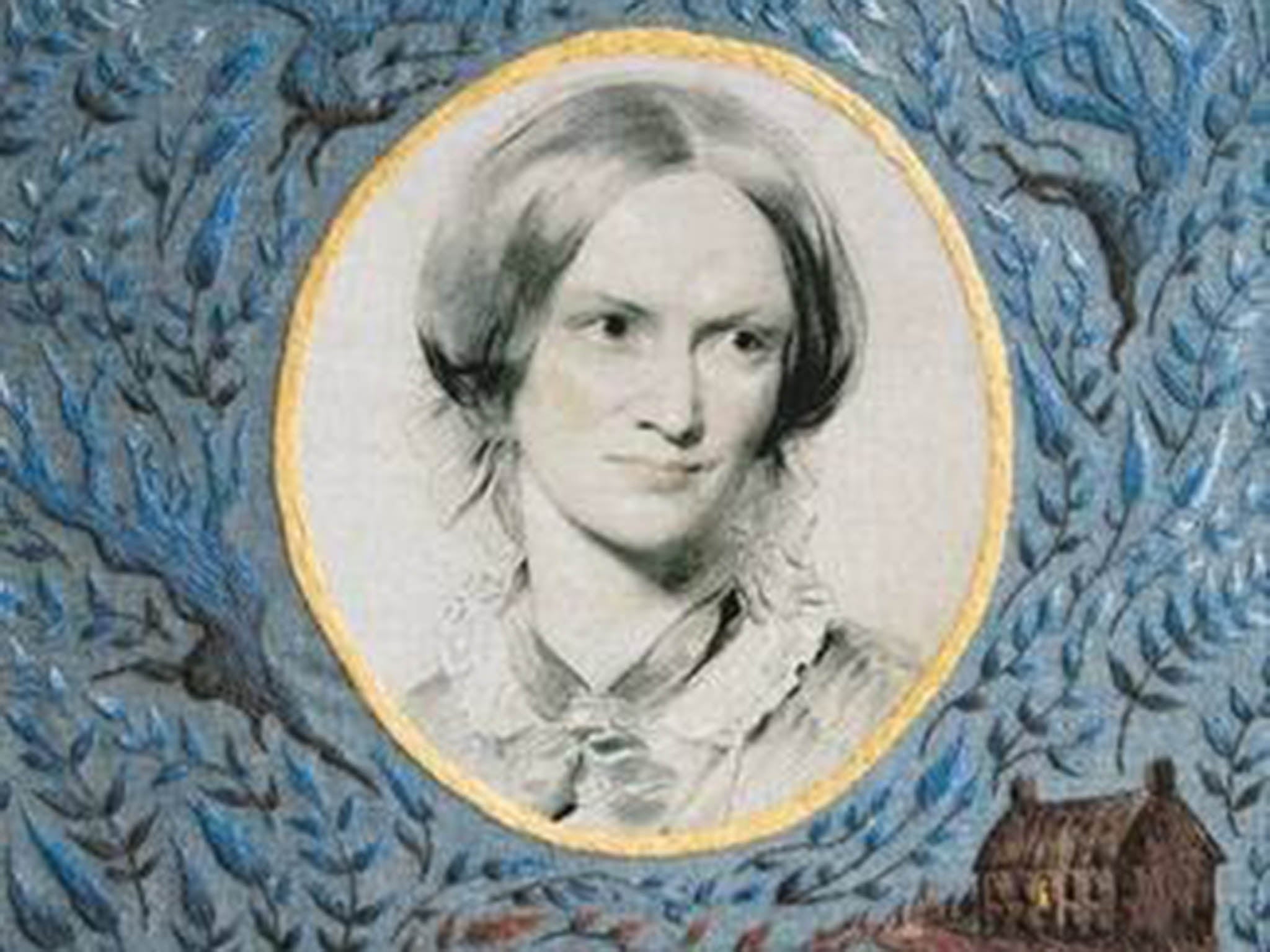Charlotte Bronte: A Life, by Claire Harman: 'Toothless, in several ways' - book review
With a life as well documented as Brontë’s, are there any stones left unturned?

Next year will be the 200th anniversary of Charlotte Brontë’s birth, as good a reason as any for a “new” biography of one of English literature’s most iconic writers. But how “new” is Harman’s account? Without any previously undiscovered material to reveal, such as letters or diaries, a biographer must choose carefully where to place his or her emphasis. But with a life as well documented as Brontë’s, are there any stones left unturned?
Perhaps it doesn’t matter so much if not: literary biographies have tailed off over the past few years, they don’t sell in huge numbers unless they cover the major literary figures.
Harman’s biography is a highly pleasurable read because she focuses on those elements of Brontë’s story that make us gasp: the horrible early deaths of her mother and her elder sisters, Maria and Elisabeth; the elements from life that appear in the novels (especially Jane Eyre), such as Cowan Bridge School which becomes the horrendous Lowood; the intense creativity of the remaining Brontë siblings; the passionate unrequited love for Constantin Heger, her tutor in Brussels; the deaths of Branwell, Emily, and Anne in terrifyingly quick succession; Charlotte’s own early death, while pregnant and married to Arthur Nicholls.
Anyone who has read a biography of the Brontës – and there have been several in recent years, those by Lyndall Gordon and Lucasta Miller especially well done – will know these events very well. Harman brings an added empathy to her portrayal of Charlotte, though, a painful understanding of the often humiliating experience that her love for Heger put her through. She also emphasises the sisters’ own belief in their unsuitability for marriage and children (no matter how much Charlotte and Anne, at least, may have wanted those things).
More controversially, perhaps, Harman stresses the sisters’ physical unattractiveness, their oddness, their lack of social skills, as though to explain their genius. Jane Eyre’s plainness mirrors Charlotte’s own feelings about her looks; Harman reminds us more than once that as an adult, she had few of her own teeth left.
Harman possibly feels that this is a necessary corrective to George Richmond’s highly romanticised 1850 portrait of Charlotte, which is the one we think of when we wonder what she looked like. Many who met her, such as Thackerey (himself no oil painting) commented on her looks and manner (“a little bit of a creature … buried in the country and eating up her own heart there”). Harman is highly effective at making us weep for Charlotte and all her suffering. But, as she says herself on one occasion, perhaps a little more of Jane Eyre’s spirit and feistiness could have come through, too.
Charlotte Bronte: A Life, by Claire Harman, published by Penguin Viking £25
Subscribe to Independent Premium to bookmark this article
Want to bookmark your favourite articles and stories to read or reference later? Start your Independent Premium subscription today.

Join our commenting forum
Join thought-provoking conversations, follow other Independent readers and see their replies